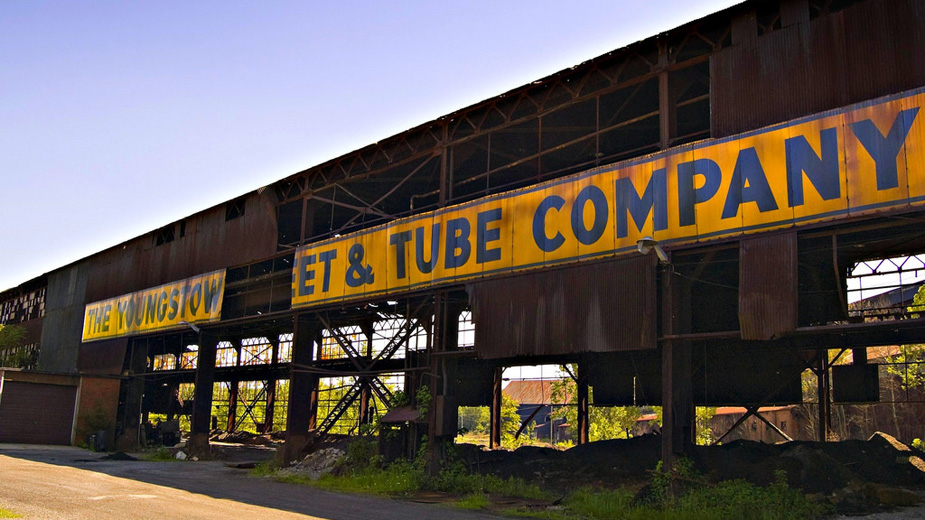Incentives Enable Old Sites to Be Remediated
At one time our “Steel Valley,” was one of the great steel regions of the world, hosting mills along the Mahoning River from Warren to the Pennsylvania line. Fierce competition from overseas, followed by the closing of Youngstown Sheet and Tube in the 1970s started a long slide in industrial production in the region. Yes, a few of the old plants have reopened, but great stretches of industrial land lie fallow, not producing profits, tax revenues nor jobs.
However, the location and attributes that once made northeastern Ohio attractive for industrial development – interstate highway systems, water transportation via the Great Lakes and Ohio River, natural resources, skilled workforce and proximity to markets – remain. The exploration of natural gas and natural gas liquids in the Utica and Marcellus shale formations will incentivize cracker plants and plastics factories throughout the Ohio Valley. The Shell cracker plant under construction in Monaca, Pa., will not be the first such operation.
Cheap energy and the fact that we are one day’s trucking from the major markets on the East Coast, as well as Detroit, Chicago and St. Louis, also mean companies are going to be nosing around northeast Ohio for industrial locations.
What hoops do they have to jump through to acquire an ancient industrial site? Environmental regulations say someone buying a polluted brownfields site is responsible for cleaning it up, if it can be shown that pollution could be readily detected when the buyer made the purchase.
One might question the logic and fairness of forcing a new owner to be responsible for pollution from 100 years ago. Be that as it may, environmental laws have made many old industrial properties taboo. They will be the subject of a future article, while today we will focus on tax abatement as a spur to clean up brownfields and redevelop them.
If a company is considering buying an industrial site that is known to be contaminated, the cost of remediation affects the price it is willing to offer. It also must take into consideration the effect of clean-up on future real estate taxes. It is a catch-22. If the company spends the money to clean the site, the land’s value will rise, causing real estate taxes to head north, creating a double incentive not to invest.
Recognizing the dilemma, in 1994 the Ohio Legislature passed ORC 5789.87 and amended the law last year.
Under the law, a landowner can:
- Acquire property and then design and begin a remediation plan.
- Enter into an agreement with the director of the Ohio EPA that promises the landowner will not be sued to force remediation as long as the landowner follows along with its plan.
- Receive a promise from Ohio that the increase in value resulting from remediation will not result in increased taxes for 10 years. (If a landowner sells tax-abated property, the buyer will continue to enjoy the abatement for the remainder of the 10 years.)
Obviously, the fair market value of a polluted parcel should be much less than that of similar pristine property.
However, old industrial sites – often owned by defunct entities – are typically carried on the books by the county auditor at values far in excess of fair market value. This being the case, an acquirer should fight through the reassessment procedure before applying for a tax freeze under ORC. 5789.87 (otherwise valuation would be frozen at an unrealistically high level).
At a valuation hearing, according to the case law, the cost of remediation may not simply be deducted dollar for dollar from what would be the fair market value of a non-polluted site. Sophisticated appraisal testimony will be required.
By using this recently revised statute, industry can breathe new life into old industrial sites, improving local tax bases and creating jobs.
Copyright 2024 The Business Journal, Youngstown, Ohio.



